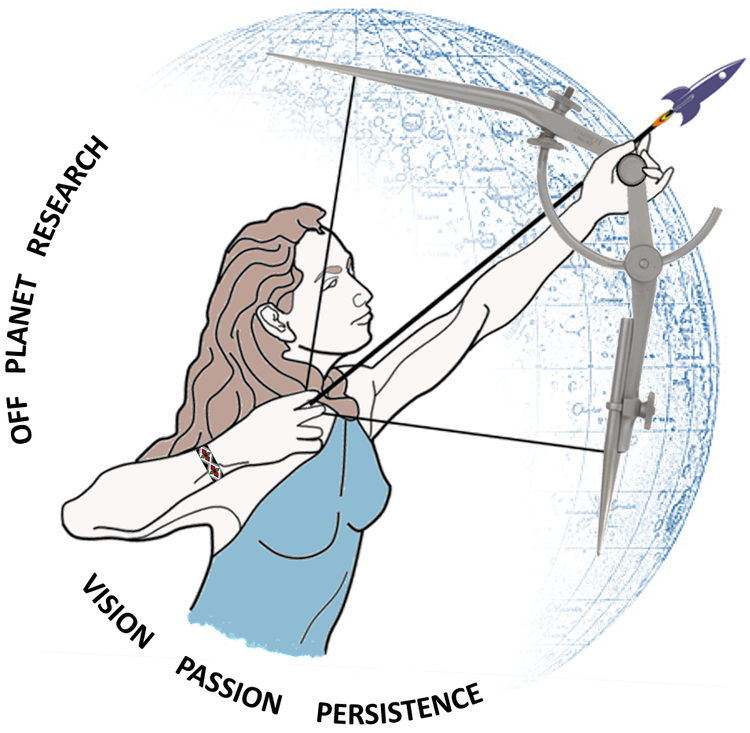What is Lunar Regolith Simulant?
Lunar regolith simulant is primarily made up of anorthosite and basalt. The varying degree of combination between the two create the light and dark spots on the Moon. The darker area of the Moon is a basalt-rich mix, while the lighter area of the Moon is rich in anorthosite. Lunar simulants are engineered materials that approximate the mechanical properties of the soils found on the surface of the Moon, and can be used to test equipment and products for durability and re-usability here on Earth to ensure they do not fail in the same/similar environments on the Moon.
How do you ensure that your Lunar Simulant matches the Moon's Regolith?
We have studied all the available information on the samples brought to Earth by NASA and the Lunikhod missions in order to produce realistic lunar simulant. We've also consulted with lunar geologists to ensure our product is the best that it can be. In our labs, we complete numerous tests and are constantly working to improve our processes and equipment to ensure that we are providing scientists, engineers, and researchers with the most realistic simulants possible.
What if I want to reorder a simulant?
Our rigorous quality control, order paperwork, and curation sampling enable us to accurately repeat any order ever placed with OPR whether it be one month, one year, or five years down the line. Please contact us for ordering and reordering information.
What are Lunar Agglutinates?
Lunar agglutinates are micro-clusters of melted lunar regolith. The surface of the Moon is constantly bombarded by small micro-meteorites, and when they hit the lunar surface, traveling at extremely fast speeds, they flash hot and melt the surrounding particles into unique formations. Their unique surfaces can cause complicated bonding between the regolith and interlock with themselves as well as the surrounding material. Lunar agglutinates are sharp, brittle, and can be shaped a bit like popcorn.
How do I stay up-to-date with Off Planet Research?
You can follow us on LinkedIn, or on our Facebook page, where we post about twice a week on what we're up to, our current speaking engagements, and fun milestones. We also have a OPR news page that shares interviews and podcasts.

